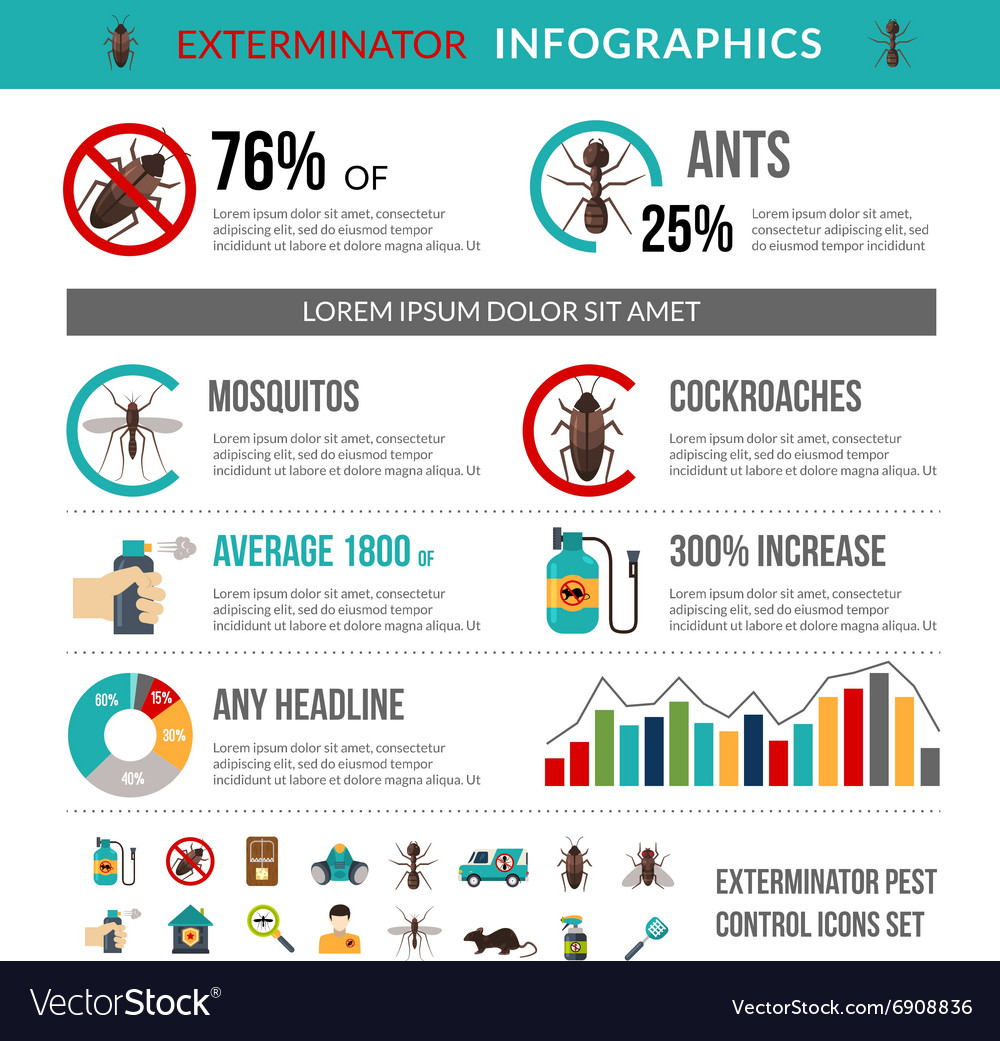Recognizing The Behavior Of Typical Rats For Reliable Rodent Control
Recognizing The Behavior Of Typical Rats For Reliable Rodent Control
Blog Article
Personnel Writer-Cunningham Lehman
When it involves rodent control, comprehending usual rodent actions is key to effectively managing problems. Did you know that rats have some interesting nesting practices that might shock you? By exploring their intricate habits, you can obtain important understandings into how to deal with rodent issues in an extra strategic and reliable fashion. So, allow's untangle the secrets behind these creatures' activities and learn just how to outmaneuver them in your rodent control initiatives.
Rat Nesting Behaviors
When observing rats in their all-natural environment, you'll observe that they actively seek materials to create their nests. Rodents, such as mice and rats, are clever creatures that make use of a selection of products like branches, leaves, paper, and textile to construct their homes. They're careful in their nest-building procedure, usually lining their nests with softer products like fur or feathers to produce a relaxing atmosphere.
Rats favor to build their nests in covert and safe locations to safeguard themselves and their young from killers. Common nesting areas include wall surface cavities, attics, cellars, and even within insulation products. By creating their nests in these private locations, rats can safely increase their offspring away from potential risks.
It is necessary to understand the nesting routines of rodents when applying control actions. By disrupting their nests or eliminating materials, you can discourage rodents from establishing a presence in your home or residential property. Proper hygiene and sealing entrance factors are additionally important steps in stopping rodent infestations.
Rat Feeding Patterns
After observing rats' nesting habits, it comes to be noticeable that their feeding patterns play an essential duty in their lives and habits. Rats, consisting of mice and rats, are opportunistic feeders, meaning they'll consume whatever food resource is conveniently offered. They're mostly nighttime creatures, choosing to forage for food throughout the cover of night to prevent predators.
Rats have a diverse diet regimen, varying from grains, seeds, fruits, and veggies to bugs, nuts, and even small animals. This adaptability in their food selections permits them to thrive in numerous atmospheres, consisting of metropolitan locations where human food resources are plentiful.
Their feeding patterns aren't only driven by cravings but likewise by the requirement to stock food for times of scarcity. This actions is specifically obvious in preparation for cold weather or when nesting. Rats are known to hoard food in their nests or burrows, making certain a constant food supply. Recognizing their feeding patterns is vital in implementing reliable rodent control steps to disrupt their food resources and stop problems.
Rat Motion and Traveling
Rats navigate their surroundings with agility and stealth, utilizing their keen senses to move promptly through their settings. These animals are skilled mountain climbers, able to scale wall surfaces and vertical surface areas easily. They can likewise press via remarkably small openings, making it essential to seal any kind of prospective access points in your home.
When it comes to traveling, rodents tend to comply with familiar courses, producing routes along walls or skirting the sides of rooms. They're creatures of habit, commonly sticking to these established paths as they forage for food or explore their environments.
Click To See More are understood for their nighttime practices, so you may hear them scampering about during the night as they look for food and water. Their activities are quick and erratic, allowing them to dart in and out of sight in the blink of an eye.
Comprehending just how rats move and take a trip can help you determine prospective infestation locations in your house and take positive steps to avoid these parasites from acquiring a grip.
Conclusion
As you function to control rodents in your home, keep in mind that comprehending their habits is vital. By recognizing visit the next website nesting behaviors, feeding patterns, and motion, you can efficiently stop invasions.
Coincidentally, by taking positive measures to eliminate food resources and seal off entry points, you can disrupt their familiar paths and require them to seek new places, ultimately reducing the possibility of rodent existence in your living spaces.
